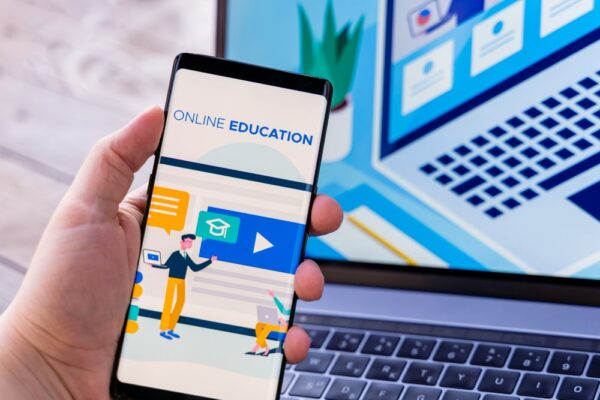
Using Multimedia: A New Approach to Mastering Languages 2025
- 0
Table of Contents
ToggleIntroduction
Being able to use different languages is among the most important and active parts of education in our current globalized world. Because cultures and languages mix, it has become essential for most people to master a second language. This brings us to Multimedia-Assisted Language Learning (MALL), which adds technology, interactivity, and multimedia to the teaching of languages. But what does multimedia-assist language learning mean and why should people involved in education notice it? Using Multimedia: A New Approach to Mastering Languages 2025 highlights methods to language learning using multimedia.
The post goes into detail about MALL, its workings, and its benefits, explaining how it makes learning languages easier in the digital era. You can’t overlook MALL, whether you are in high school learning French, are a university Mandarin student, or aiming to use innovations as a teacher.
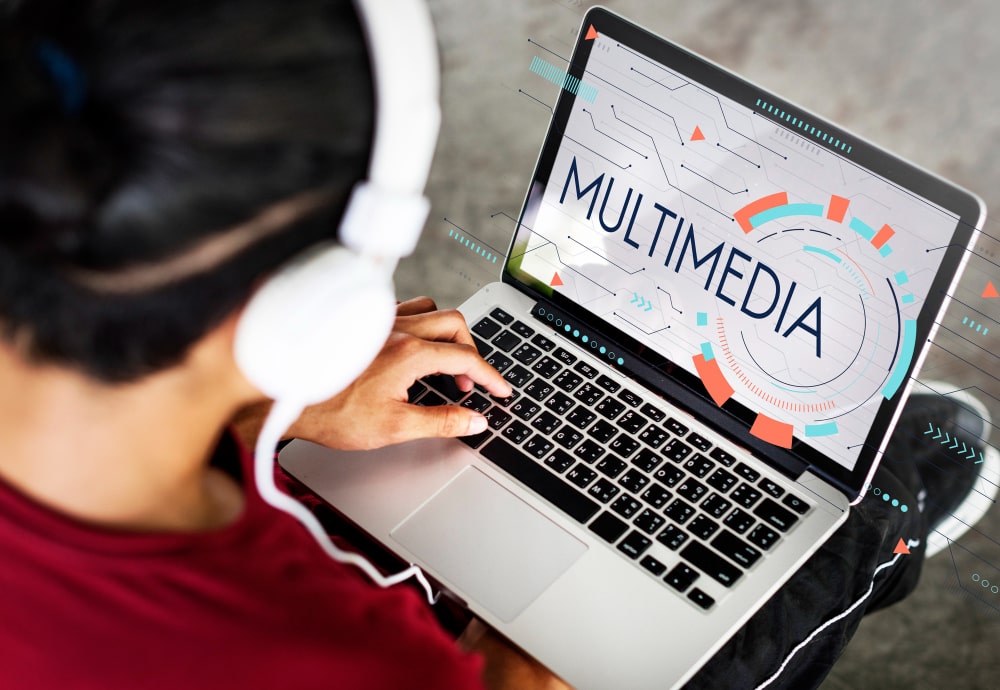
Knowing the process of Multimedia-Assisted Language Learning (MALL)
Basically, multimedia-assisted language learning involves using audio, video, images, animations, interactive simulations, and virtual reality to teach and help students learn foreign languages. Technology is used in this method to provide exciting, personalized language practice that outpaces normal classroom lessons or mindless memorization.
Static textbooks and grammar drills focus only on hearing or seeing language, but MALL aims to input language in ways that activate both senses. Users practice talking with a special tool, go through speaking exercises, test their vocabulary in quizzes, and watch programs that show cultural aspects. Duolingo, Babbel, Rosetta Stone, FluentU, and Memrise are a handful of commercial options, whereas classrooms could make use of smartboards, interactive whiteboards, language labs, or tools using augmented reality and virtual reality.
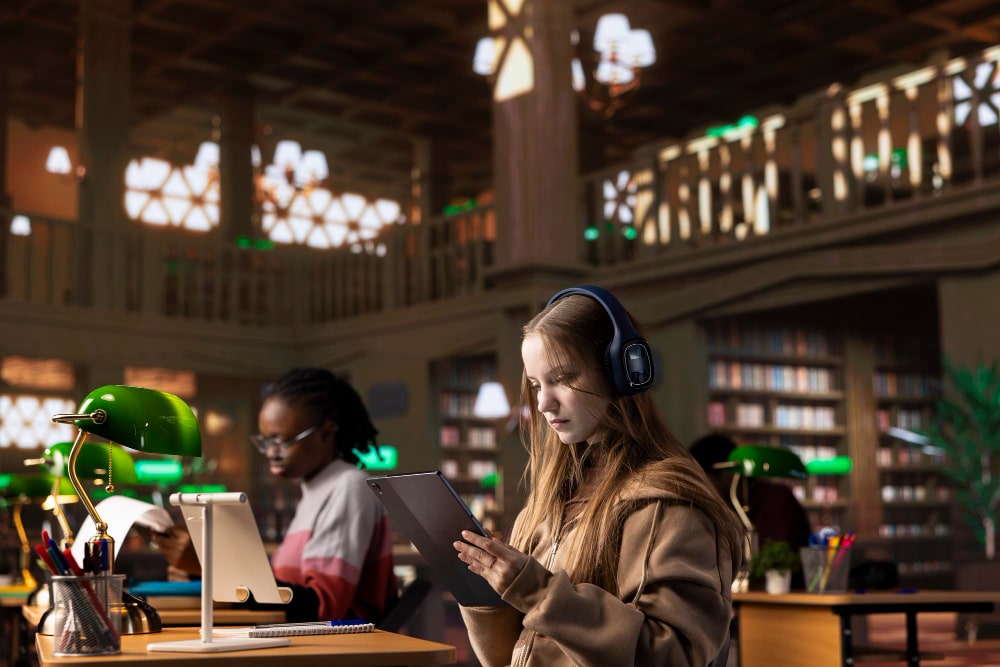
The Reason MALL Works: How it is Based on Science
Well-known theories in both cognitive psychology and second language acquisition agree with multimedia-based learning ideas. Dual Coding Theory explains that combining verbal and visual methods of processing information improves how much and how accurately a person can recall the information. The combination of talking, writing, and seeing images used by MALL helps strengthen learning in various ways.
Stephen Krashen’s hypothesis theory also argues that if a language is presented in a way that a person can understand, the person is likely to acquire the language. Multimedia can give a strong, meaningful context that textbooks can’t always supply. By watching a Spanish-language cooking show, I can learn a new language and also practice understanding real-life Spanish.
Also, being interactive is key to online learning. Unlike simply watching TV, MALL leads students to click, interact with prompts, speak along, and write which helps them learn and remember the new language much better.
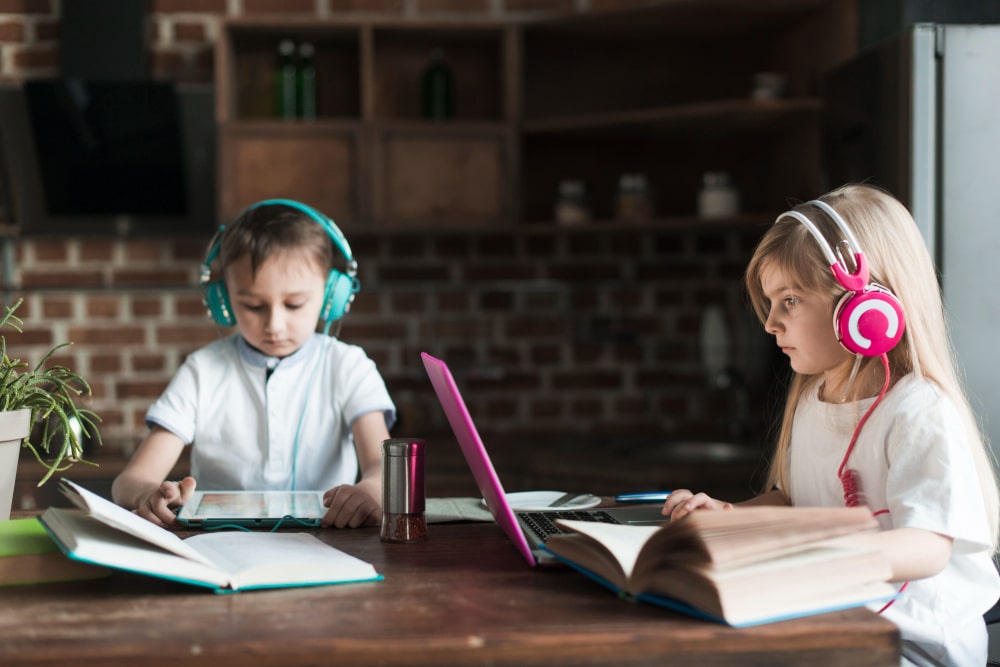
How Multimedia Assists Language Learning in Schools
MALL mainly stands out for being highly personalized. Students are able to learn as fast or slow as they like, try challenging modules again, and adapt lessons to match their way of learning. Those who need to use their vision may prefer imagery and video, students who depend on their ears like podcasts and dialogues, and those who are kinesthetic will like interactive tasks.
MALL helps to inspire and engage people. The way many platforms are set up means students stay motivated with help from tracking, badges, praise, and streaks. It is essential for language learners who usually face challenges and feel down in traditional classrooms.
Besides, having accessible digital services is a major advantage. A smartphone and internet access make it possible for learners to practice at any time and in any place. As a result, people in underprivileged or remote areas have better and fairer access to language education.
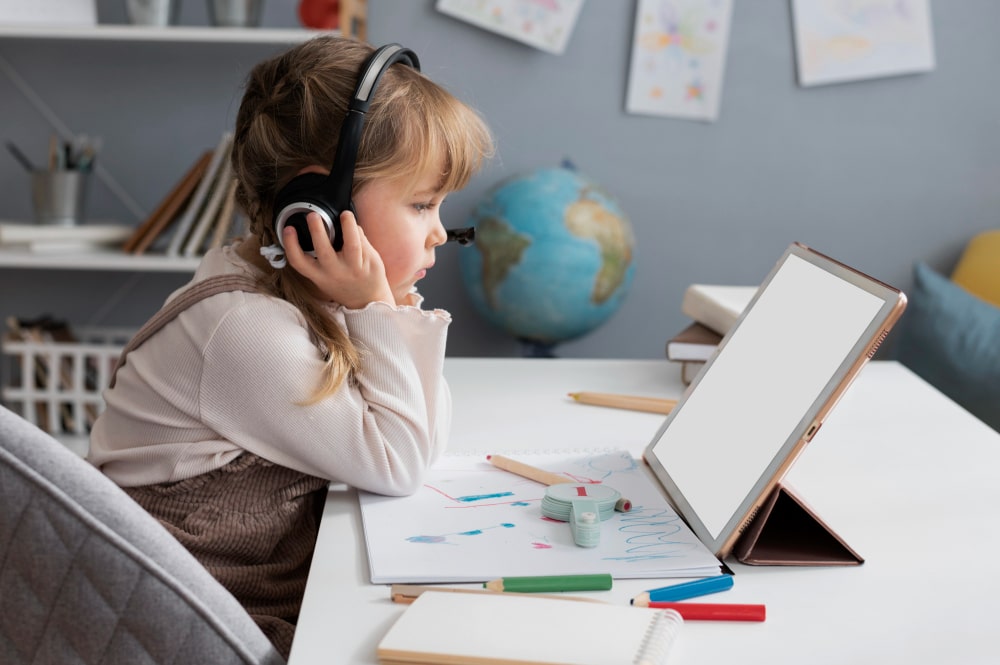
Real-Life Exposure and Connections
Multimedia provides language lessons but also teaches people about the culture. By watching movies, listening to songs, watching videos, and reading interviews, learners pick up on accents, words, jokes, and gestures. Knowing about these cultural aspects helps people become truly fluent and good world citizens.
When using MALL, people practice ordering in a cafe, navigating an airport terminal, and meeting for business, all of which boost their communication skills. It links classroom education with real life, so students have more confidence to communicate in genuine situations.

Difficulties and Things to Think About with MALL
While using multimedia can help a lot, there are some obstacles to remember. Having digital literacy skills is necessary since using technology and resolving problems is now standard. Giving people access to devices and the internet continues to be a concern mainly in developing countries.
Content curation is another problem that arises. Some multimedia is not suitable for learning or for different cultures. There is a need for educators to critically consider and pick tools that fit the curriculum and the needs of their students.
It’s possible for people to depend too heavily on technology. Although technology is useful, actual interaction with people is still needed for strong speaking skills and emotion in the language.
New Trends in MALL: Where Language Learning is Headed
In the future, MALL is expected to keep developing. New language tutors using AI can modify how they teach based on ongoing student performance. Accuracy in speech recognition is growing, so you receive quick comments on your pronunciation. Virtual worlds are now used for cultural exchanges so learners can enjoy “traveling” to places where that language is spoken on their computers.
When used with Learning Management Systems (LMS) and big data analytics, instructors have a better way of spotting areas where students struggle, following engagement, and tailoring their lessons.
Because education is increasingly digital, using multimedia in language learning is becoming a basic part of how students learn languages in the twenty-first century.
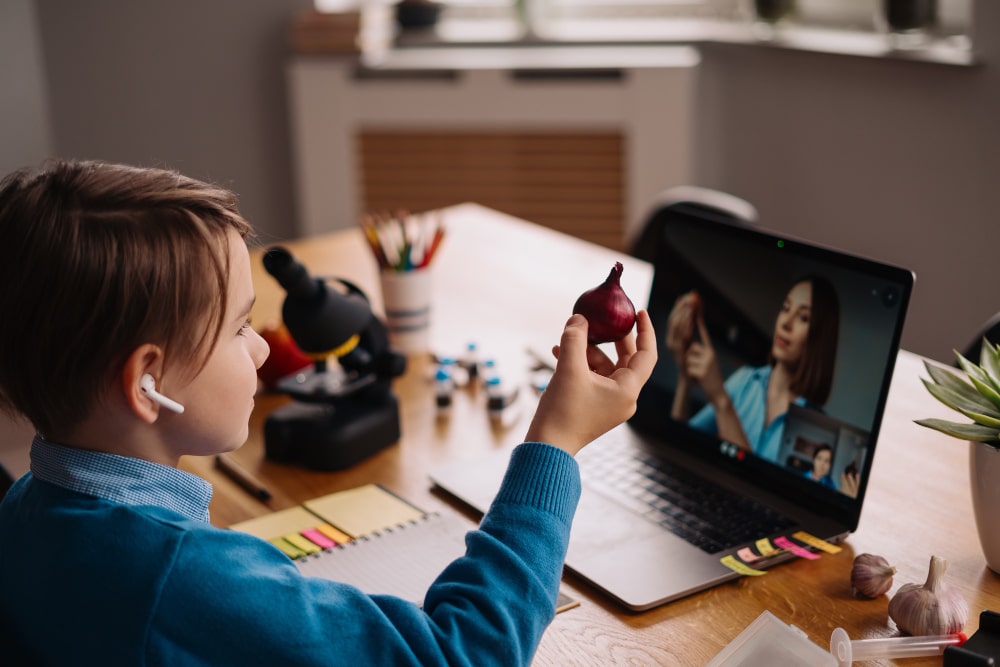
Overall: Why MALL Is More Important Today Than It Ever Has Been
Because communication is so important, using multimedia in language classes allows students to experience using the language naturally. Its learning experiences move past the classroom and provide situations that are engaging, individualized, and culturally diverse. Even though obstacles appear, they are now answered with creative solutions, and more people using online tools.
Students who want to take part in global competitions and teamwork can’t do without MALL. In the future, language learning will be based on interaction, the use of multimedia, and constant progress. Both students and teachers should now use the benefits of MALL and find new ways to learn a new language in our age.